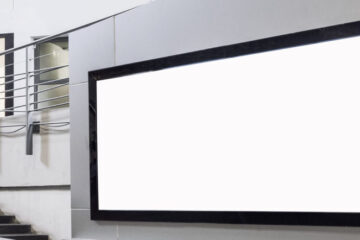In the quest for more efficient, durable, and sustainable signage solutions, we have turned to the world’s most accomplished engineer – nature itself. Our biomimetic aluminum profiles, crafted in Foshan, incorporate design principles perfected over millions of years of evolution, resulting in signage systems that achieve remarkable performance through intelligent, organic design.
These groundbreaking extrusions draw inspiration from multiple natural paradigms:
- Leaf Venation Patterns: Branching internal structures that distribute stress and wiring with optimal efficiency
- Bone Microarchitecture: Variable-density aluminum matrices that provide maximum strength with minimal material
- Butterfly Wing Nanostructures: Surface geometries that create iridescent color effects without pigments or dyes
The honeycomb reinforcement channels inspired by bee colonies provide exceptional rigidity while reducing weight by up to 40% compared to solid extrusions. Meanwhile, the lotus-effect surface treatment, achieved through nano-scale patterning, makes the profiles self-cleaning – rainwater effortlessly washes away dirt and pollutants, maintaining appearance with minimal maintenance.
Perhaps most impressively, our bamboo-inspired segmented construction allows for natural flexibility and shock absorption while maintaining structural integrity. This enables signage to withstand seismic activity and high winds without damage, making it ideal for diverse environments across Southeast Asia and China.
The environmental benefits extend beyond durability. The biomimetic designs use 30% less material than conventional extrusions while providing superior performance. The optimized forms reduce energy requirements for both manufacturing and transportation, and the self-regulating thermal management systems eliminate the need for additional cooling components.
From corporate campuses seeking LEED certification to luxury resorts blending with natural surroundings, our biomimetic aluminum profiles offer a harmonious marriage of nature’s wisdom and human innovation – proving that the most advanced solutions often come from observing the world around us.



